Astro Digital Q&A: Taking smallsats to the mainstream
Original Publication Date: 2022-08-11 11:01
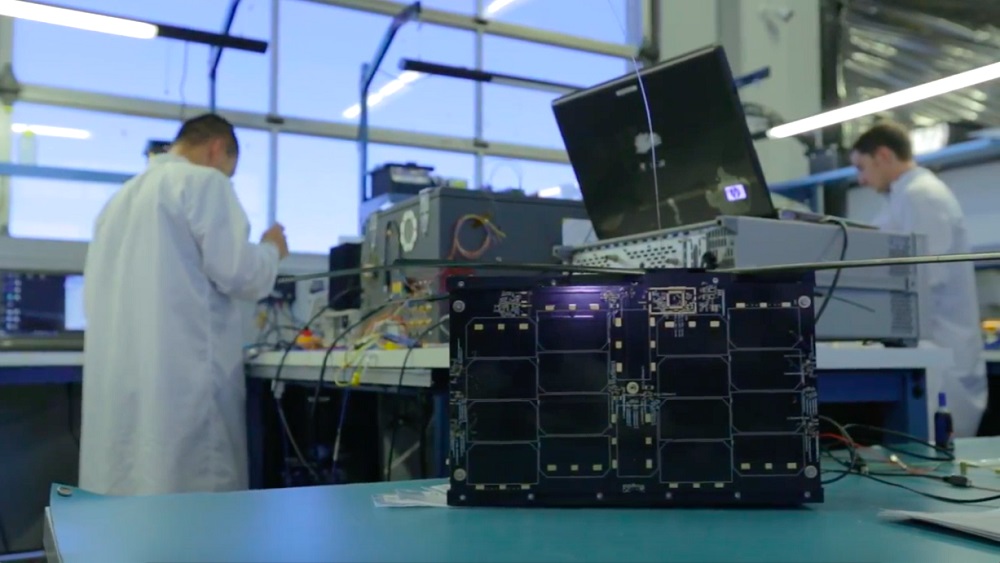
Astro Digital started out in 2015 with plans for an Earth observation constellation. The company pivoted three years later to instead provide its small satellite technology as a service. SpaceNews caught up with Chris Biddy, Astro Digital’s co-founder and CEO, at the Small Satellite Conference.
Download your Wednesday ‘News from the 2022 Small Satellite show’ digital edition
Original Publication Date: 2022-08-10 23:07

The 2022 Small Satellite show will be held in Logan, Utah the week of August 8. SpaceNews will be producing a daily for the 2022 Small Satellite show, a nightly email newsletter and all-day web coverage during the show. For more information, visit SpaceNews.com.
Lockheed Martin’s venture fund to increase investments in space companies
Original Publication Date: 2022-08-10 23:03
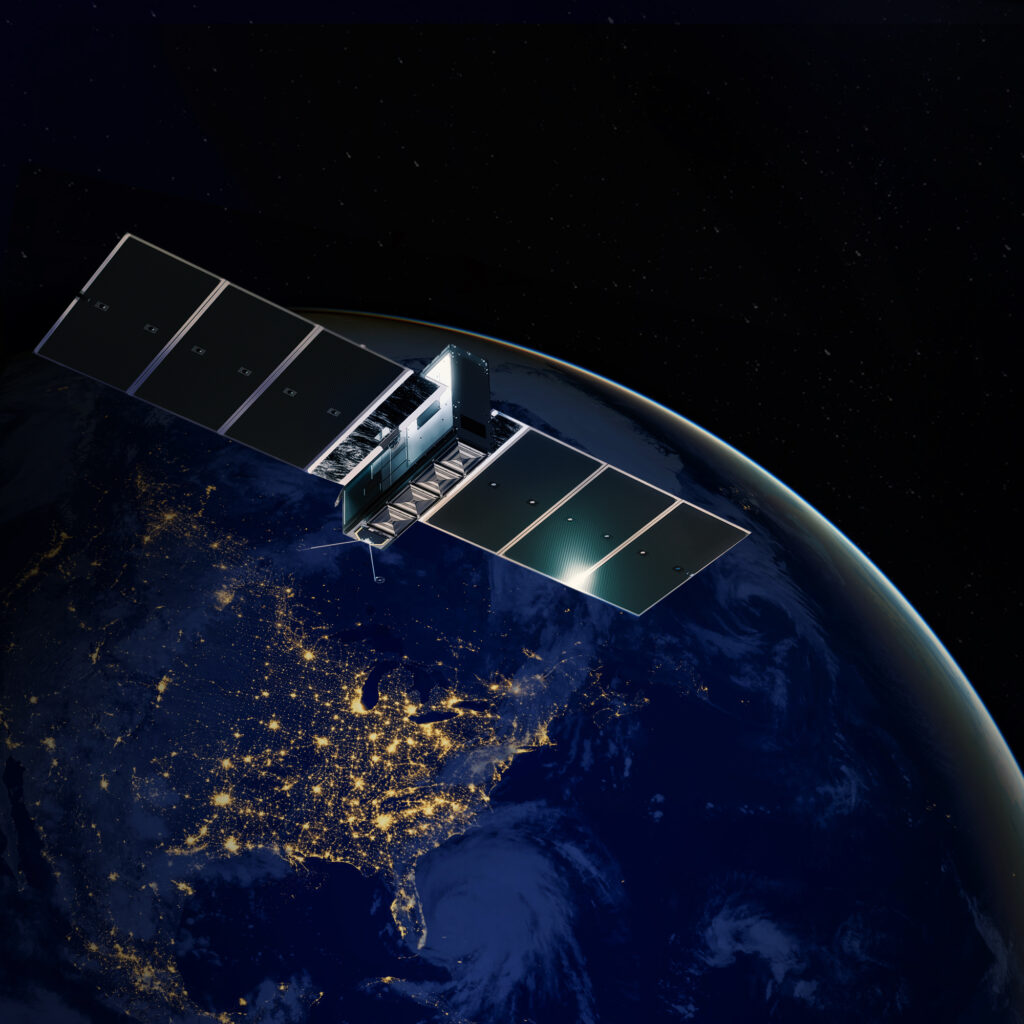
Lockheed Martin Ventures is increasing investments by $200 million. Much of that will be focused on the space domain. A number of commercial space companies have benefited from Lockheed’s venture funding. Of particular interest is quantum computing for space-based applications of machine learning and artificial intelligence.
SpaceX loses $900 million in rural broadband subsidies
Original Publication Date: 2022-08-10 21:41

FCC says SpaceX failed to show it could meet requirements for unlocking funds. Funds aim to incentivize expanding broadband services to unserved areas. SpaceX was provisionally awarded the subsidies in December 2020. Terrestrial telco LTD Broadband also failed to demonstrate it could “deliver the promised service”
Increased solar activity creates new challenges for smallsats
Original Publication Date: 2022-08-10 21:10
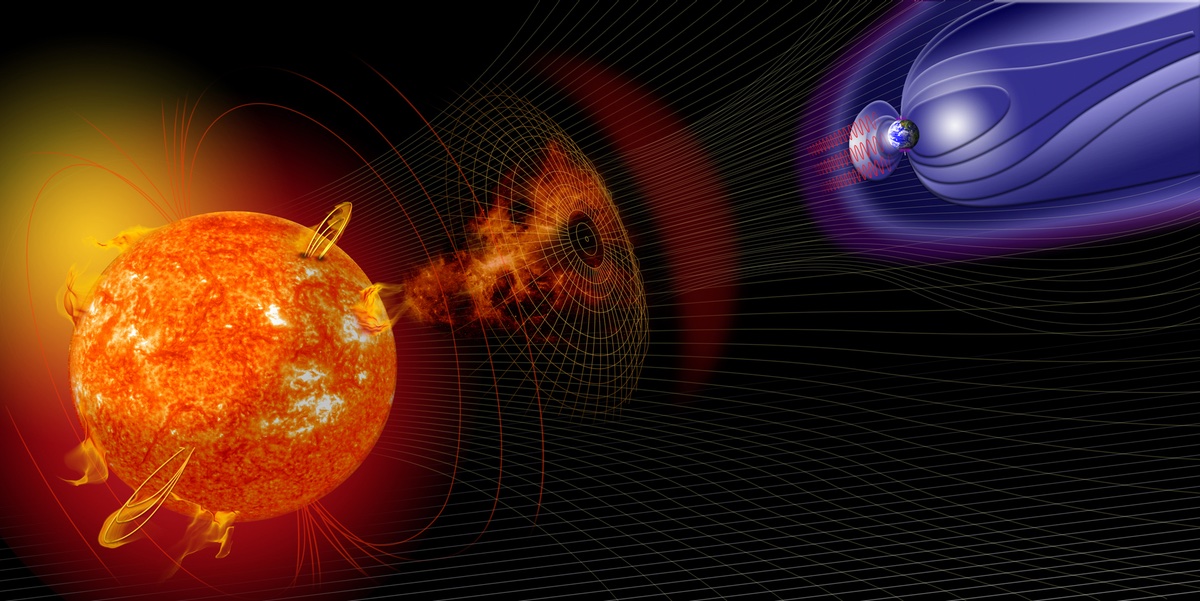
Solar activity cycle may be stronger than forecast. Increased space weather activity is more drag on satellites. Solar storms can also disrupt satellite operations or even damage components. This could affect smallsats that have often used commercial-off-the-shelf (COTS) electronics.
U.S. Army a key customer of BlackSky’s next-generation imaging satellite
Original Publication Date: 2022-08-10 20:55
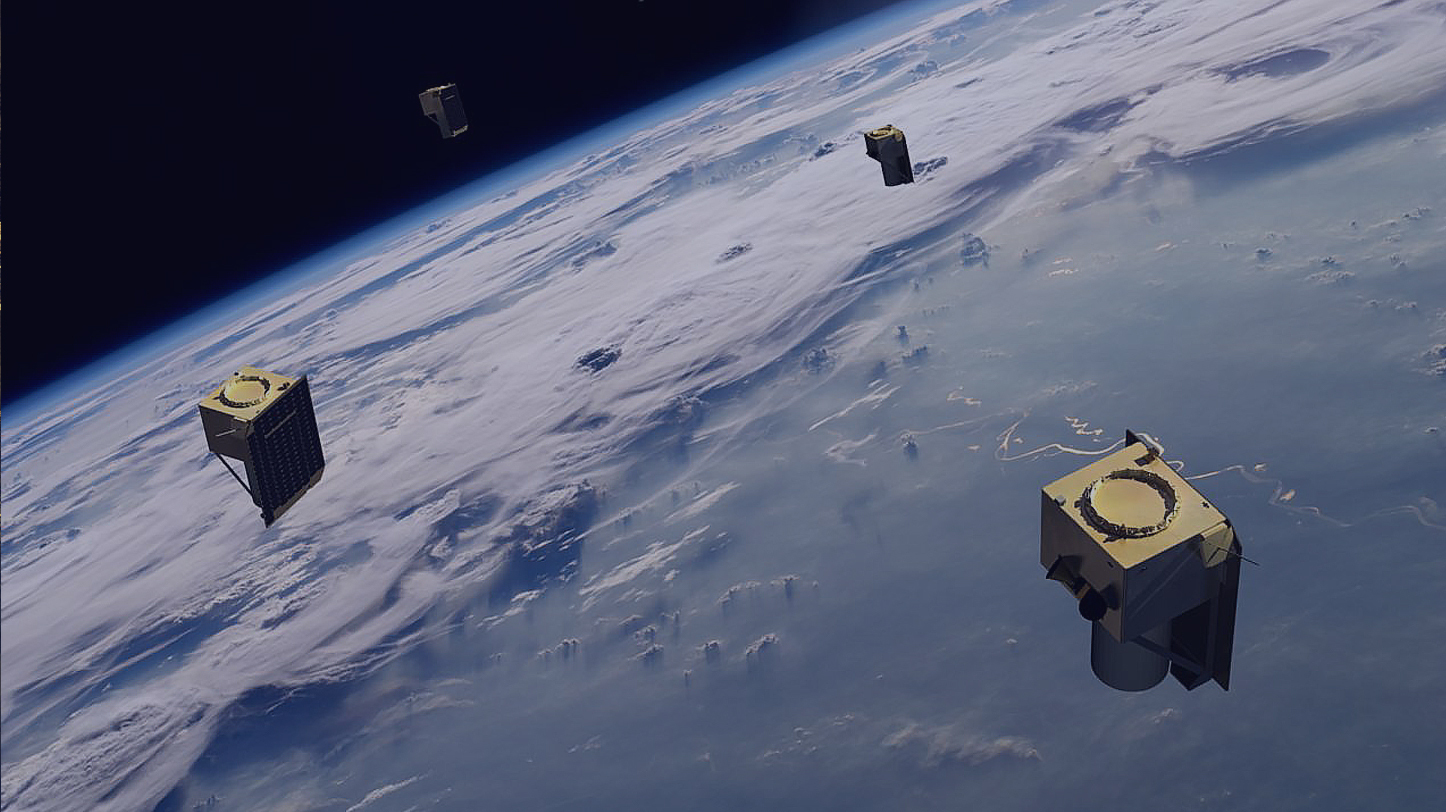
Earth observation company BlackSky will launch new imaging satellites in 2023. One of them will be used exclusively by the U.S. Army for tests and experiments. The Gen-3 satellite will produce images with 50-centimeter resolution. BlackSky, Maxar Technologies and Planet Labs won 10-year contracts from the NRO.
NASASpaceFlight.com
The SSLV or Small Satellite Launch Vehicle conducted its launch debut from Sriharikota, India on Sunday, August 7. An issue with the fourth stage resulted in the satellites being deployed in an unusable orbit. The SSLV program’s genesis was a December 2015 National Institute of Advanced Studies proposal to create a “Small Satellite Launch Vehicle-1”
Commercial Archives
SpaceX's Falcon 9 rocket launched from pad 39A at the Kennedy Space Center on Tuesday, carrying 52 Starlink satellites to Low Earth Orbit. These satellites will contribute to filling up the fourth shell of the Starlink constellation, which is now available in 36 countries to provide internet access to people around the globe.
International Archives
July saw Expedition 67 aboard the International Space Station reach two-thirds distance. Over the course of the month, the crew has been continuing scientific research and housekeeping tasks. The crew has also received supplies from a Cargo Dragon freighter and performed a spacewalk on the Russian segment of the outpost.
Chinese Long March 3B Launches APStar-6C Communications Satellite – Spaceflight101

China conducted a rare commercial launch of a Long March 3B rocket with the APStar-6C communications satellite. Long March 3B lifted off from the Xichang Satellite Launch Center at 16:06 UTC on a mission of under half an hour to lift the spacecraft into an elliptical Geostationary Transfer Orbit. Confirmation of launch success was provided by APT Satellite around 40 minutes after liftoff when the satellite had been separated into its target orbit.
Blue Origin’s New Shepard Reaches new Heights in latest Test Flight – Spaceflight101

Blue Origin's New Shepard rocket reached a new altitude of 107 Kilometers on Sunday. Sunday’s mission was the eighth in Blue Origin’s New Shepard flight test program. New Shepard 1 and 2 provided Blue Origin with a number of important lessons regarding the operational aspects of their missions.
ISS Updates – Spaceflight101 – International Space Station

A veteran NASA spacewalker and an EVA rookie from Japan ended their week with nearly six hours of work outside the International Space Station. The restoration of the Station’s Mobile Servicing System started last year and continued in January to provide Canadarm2 with a new pair of grappling hands.
Featured – Spaceflight101

SpaceX Falcon 9 takes to the skies over Florida’s Cape Canaveral Monday afternoon. First of at least six cargo ships inbound to the U.S. Segment of ISS this year. Dragon spacecraft will deliver science gear, supplies and maintenance hardware to the orbiting laboratory.
News – Spaceflight101

Russia's Rockot booster set to blast off from the Plesetsk Cosmodrome at 17:57 UTC with the Sentinel-3B multi-function satellite. Sentinel-3B is Europe's next addition to its Copernicus satellite fleet. Read more at: http://www.dailymail.co.uk/satellite-news/article-290152/Russia-launches-satellite-booster- Sentinel-3B.
Re-Entry: Long March 11 Rocket Body – Spaceflight101

The CZ-11 fourth stage used leftover propellant for a partial de-orbit maneuver, lowering its perigee to 120 Kilometers to significantly accelerate its orbital decay. It is reportedly built around a YF-50 main engine and conducts the orbital circularization after the three CZ-11 stages finish their job.
NASA Studies Find Previously Unknown Loss of Antarctic Ice
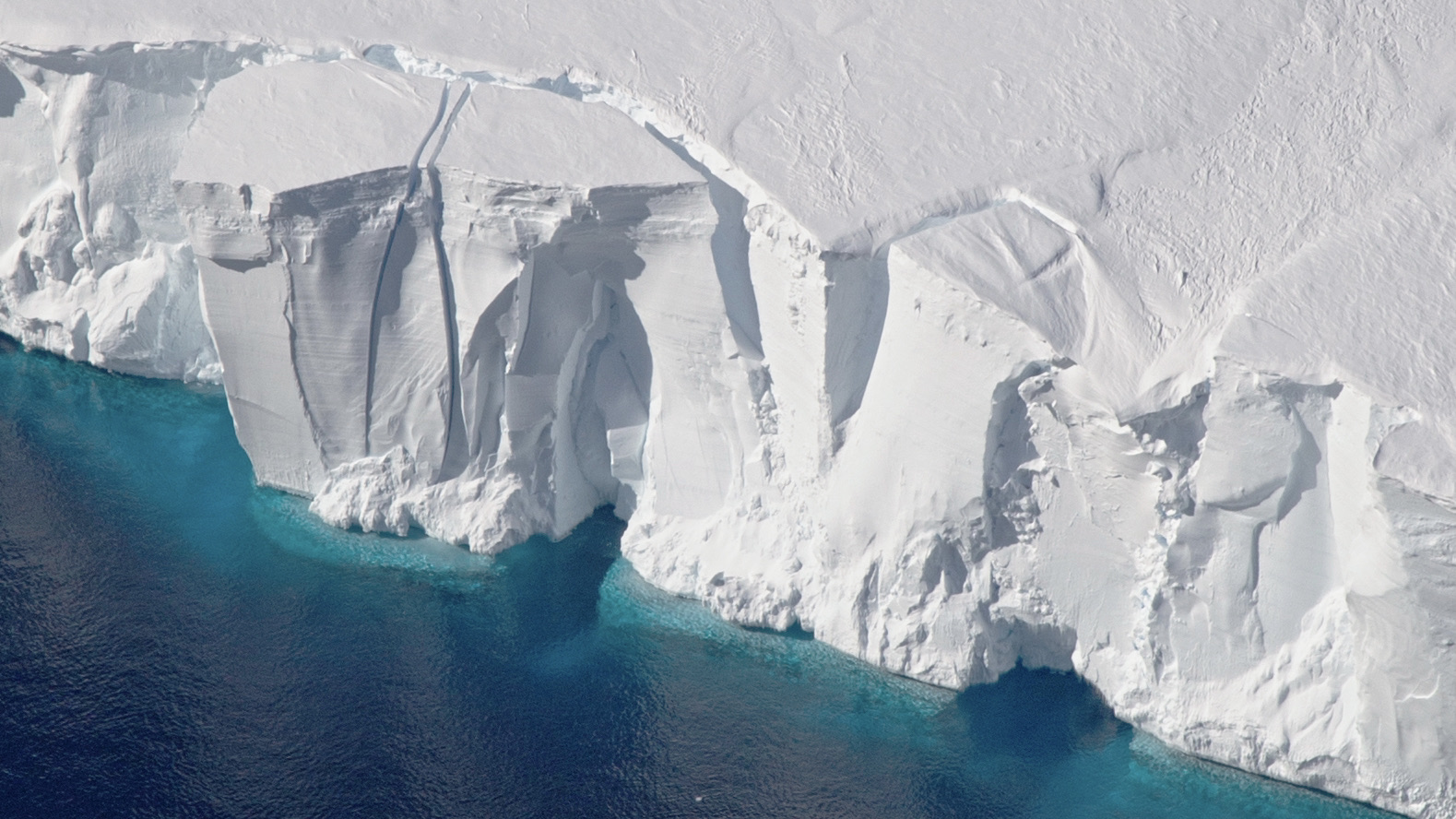
Two studies published Aug. 10 reveal unexpected new data about how the Antarctic Ice Sheet has been losing mass in recent decades. One study maps how iceberg calving has changed the Antarctic coastline over the last 25 years. The other study shows how the thinning of Antarctic ice as ocean water melts it has spread from the continent’s outward edges into its interior.
NASA to Stream Artemis I Rollout, Briefings on Science, Tech Payloads

Three briefings will take place on Monday, August 15 and Wednesday, August 17. All three briefings will be livestreamed on NASA’s website. The agency is targeting Thursday, Aug. 18 to roll the Space Launch System and Orion spacecraft to NASA Kennedy Space Center’s Launch Pad 39B.
First of NASA’s SunRISE SmallSats Rolls Off Production Line
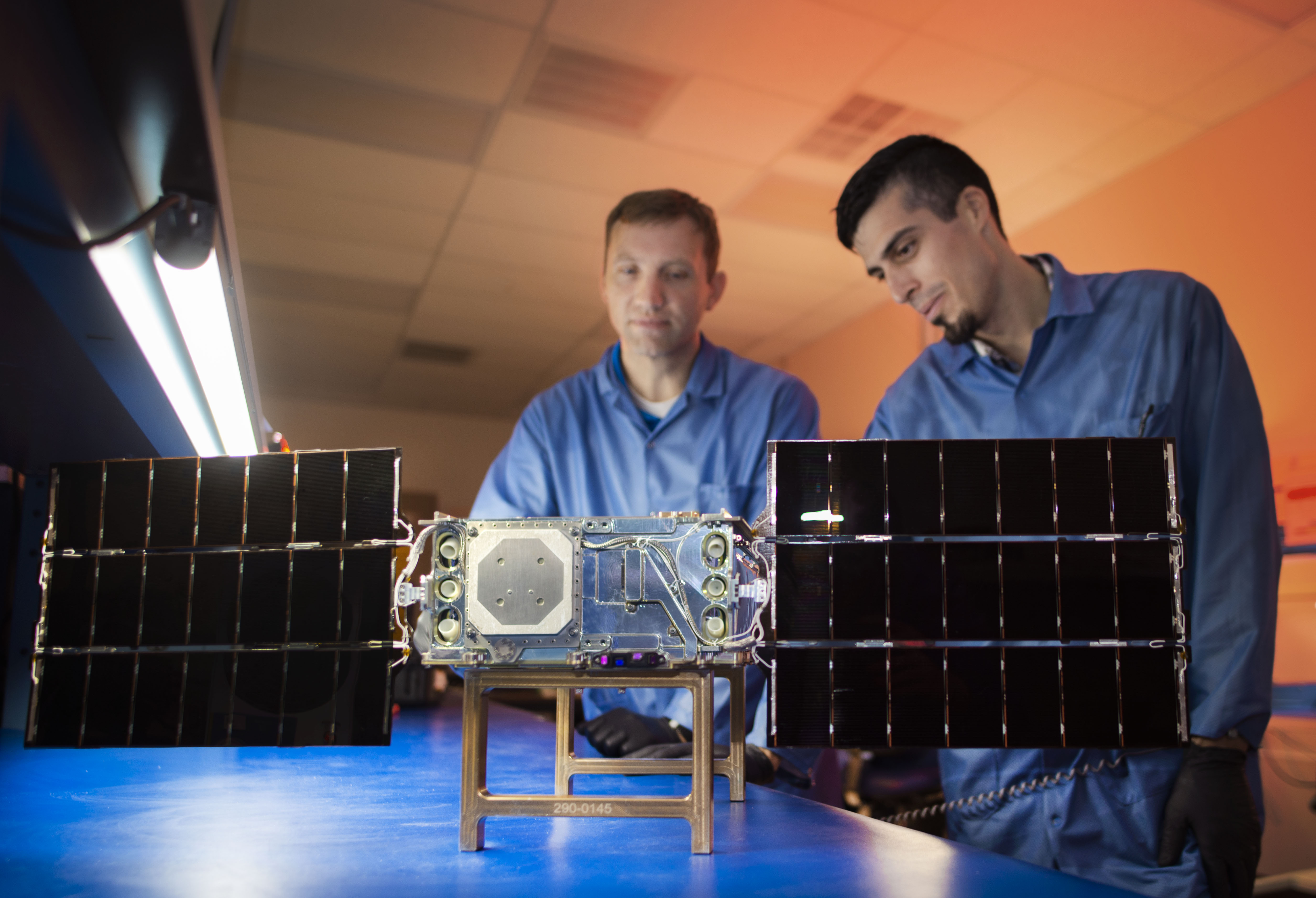
NASA's SunRISE will be a huge radio telescope in orbit that will help deepen scientists’ understanding of space weather events. The first of the six small satellites has already been completed at Utah State University Space Dynamics Laboratory. SunRISE – short for Sun Radio Interferometer Space Experiment – will launch in 2024.
California, Indiana Students to Hear From Astronauts on Space Station

Van Buren Elementary School in Nashville, Indiana, will host a STEM-a-Thon. Indiana Governor Eric Holcomb will deliver opening remarks. Linking students directly to astronauts aboard the space station provides unique, authentic experiences. Inspiring the next generation of explorers ensures America will continue to lead in space exploration.
10 Years Since Landing, NASA’s Curiosity Mars Rover Still Has Drive

Engineers catalog each and every crack in the wheels, test every line of computer code before it’s beamed into space. Curiosity’s robotic drilling process, for example, has been reinvented multiple times since landing. At one point, the drill was offline for more than a year as engineers redesigned its use to be more like a handheld drill.
NASA Data on Plant ‘Sweating’ Could Help Predict Wildfire Severity
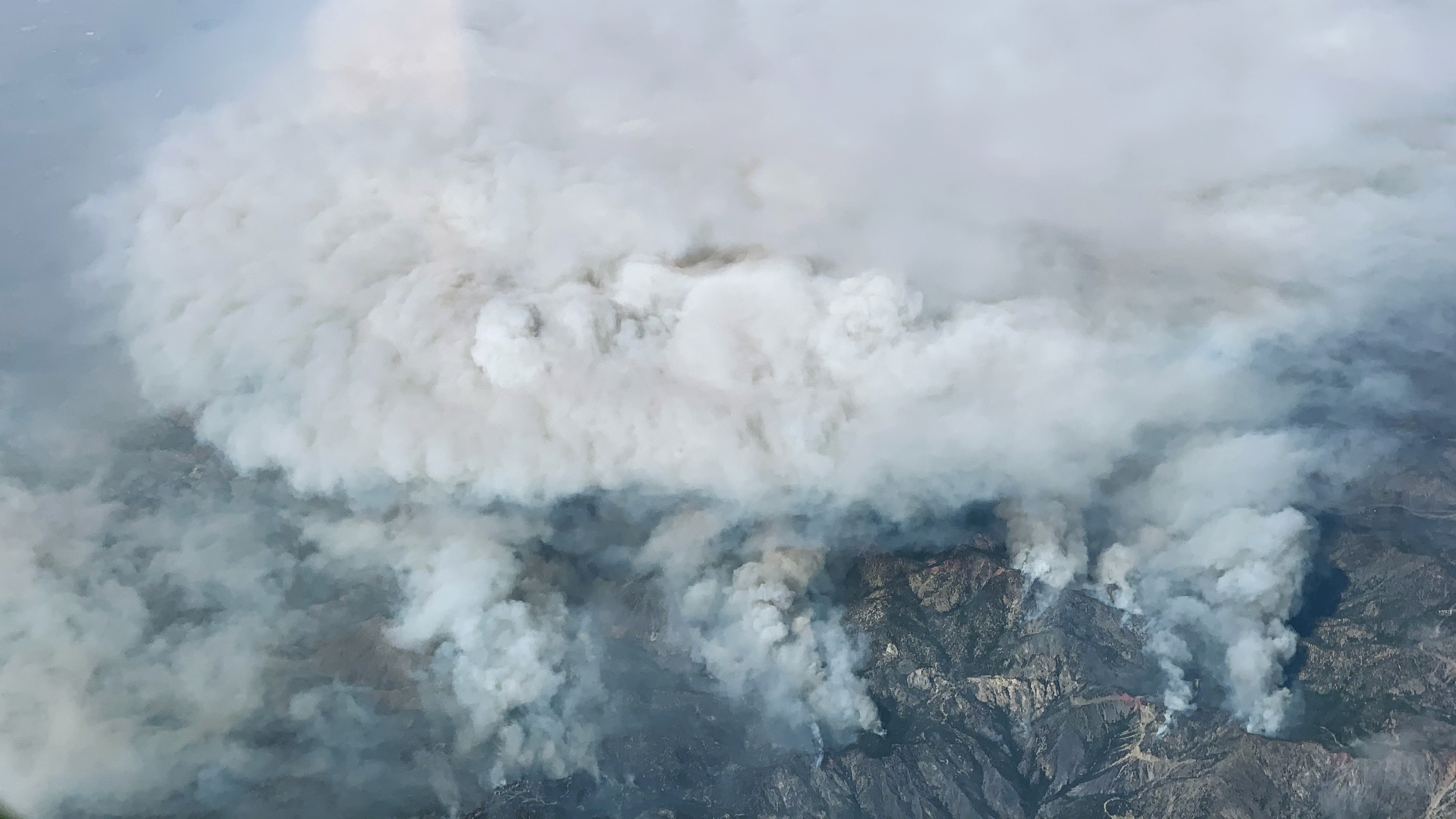
NASA study found relationships between the intensity of a wildfire and the water stress in plants measured in the months before the blaze. The correlations weren’t just a matter of dry plants burning more than hydrated ones. Some areas where vegetation had sufficient water burned more severely, possibly because fires had more fuel to consume.
Tonga Eruption Blasted Unprecedented Amount of Water Into Stratosphere
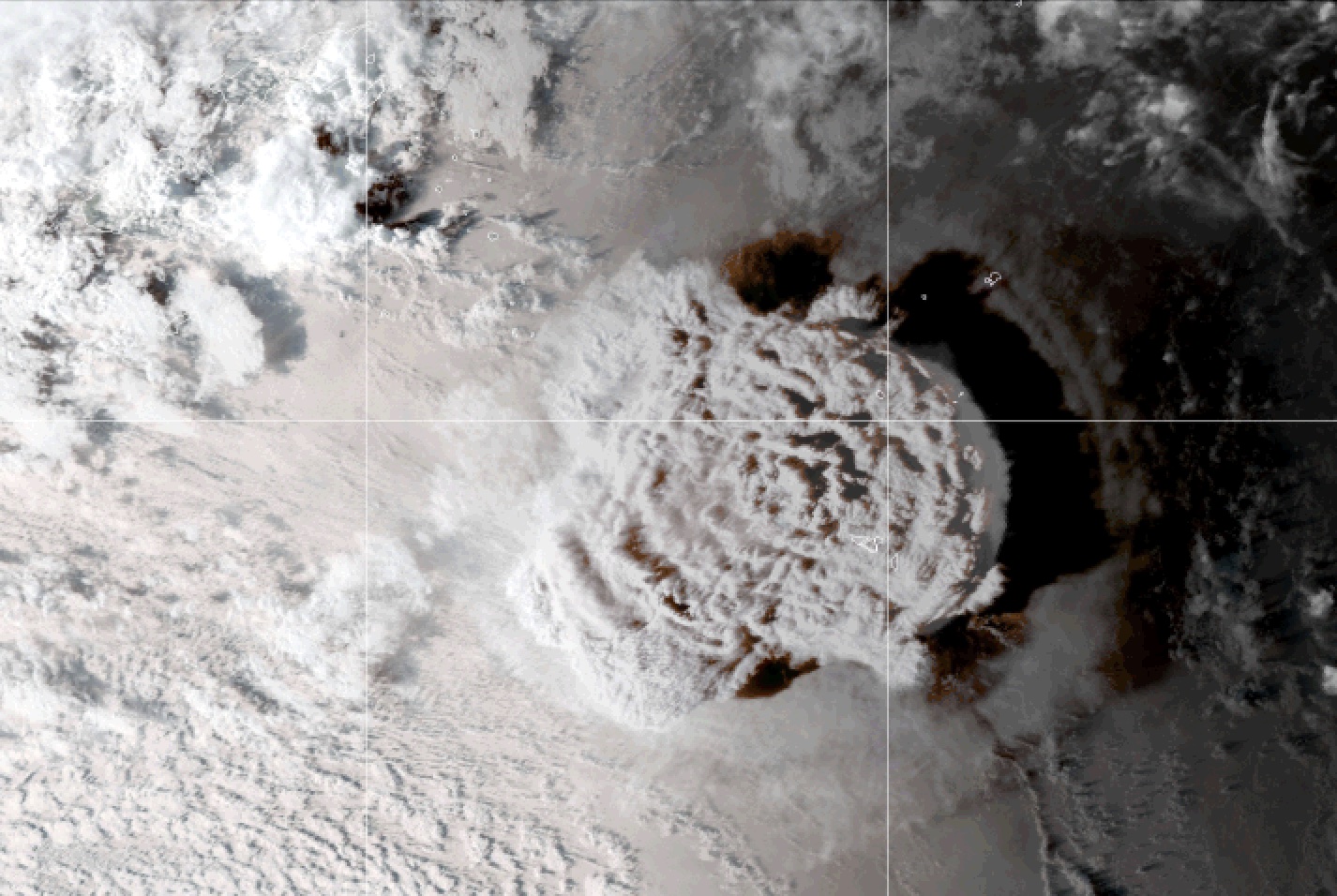
Volcanic eruptions rarely inject much water into the stratosphere. The excess water vapor injected by the Tonga volcano could remain in the stratosphere for several years. This extra water vapor could influence atmospheric chemistry, boosting certain chemical reactions that could temporarily worsen depletion of the ozone layer.
